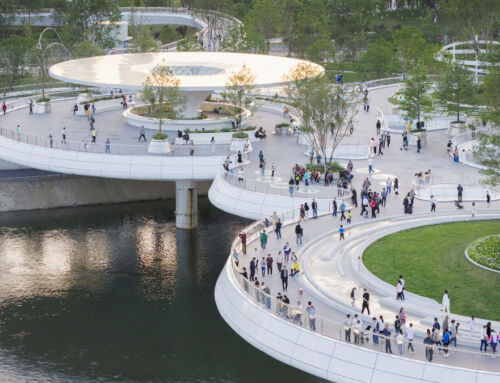Sunsets, fireworks, aurora borealis. Green tropical landscapes dotted with flowers. Human beings are highly susceptible to a show of colour and they enjoy its influence, both on an aesthetic and mental level. Some colours’ therapeutic properties are made use of in cromotherapy. Since the invention of the light bulb, there have been technological advances that have lead to the possibility of electrically producing almost the whole colour spectrum that is visible with the human eye.
As designers of leisure and habitable spaces, we would be making a serious mistake if we didn’t take into account the use of decorative and aesthetic lighting in our projects. We must understand that this use of lighting has to be coordinated both with the colour of the materials in the environment and the general concept and sensations that the space has to transmit. The team’s designers, interior-designers, landscapers and architects must collaborate together to organise the lighting design works and colour palette of each project, as users will enjoy the environment as a whole, which must be powerful and effective in transmitting sensations.
Apart from the mental effect that each colour has on human moods, different chromatic patterns have been studied, whose perception produces interesting effects: monochrome patterns, (where one sole colour and its nearest palette dominate the space), complementary ones, (colours that intensify chromatically), or multi-coloured ones (for the creation of special environments, for example for children). The field of study of the application of chromatic lighting is extensive and exciting.






